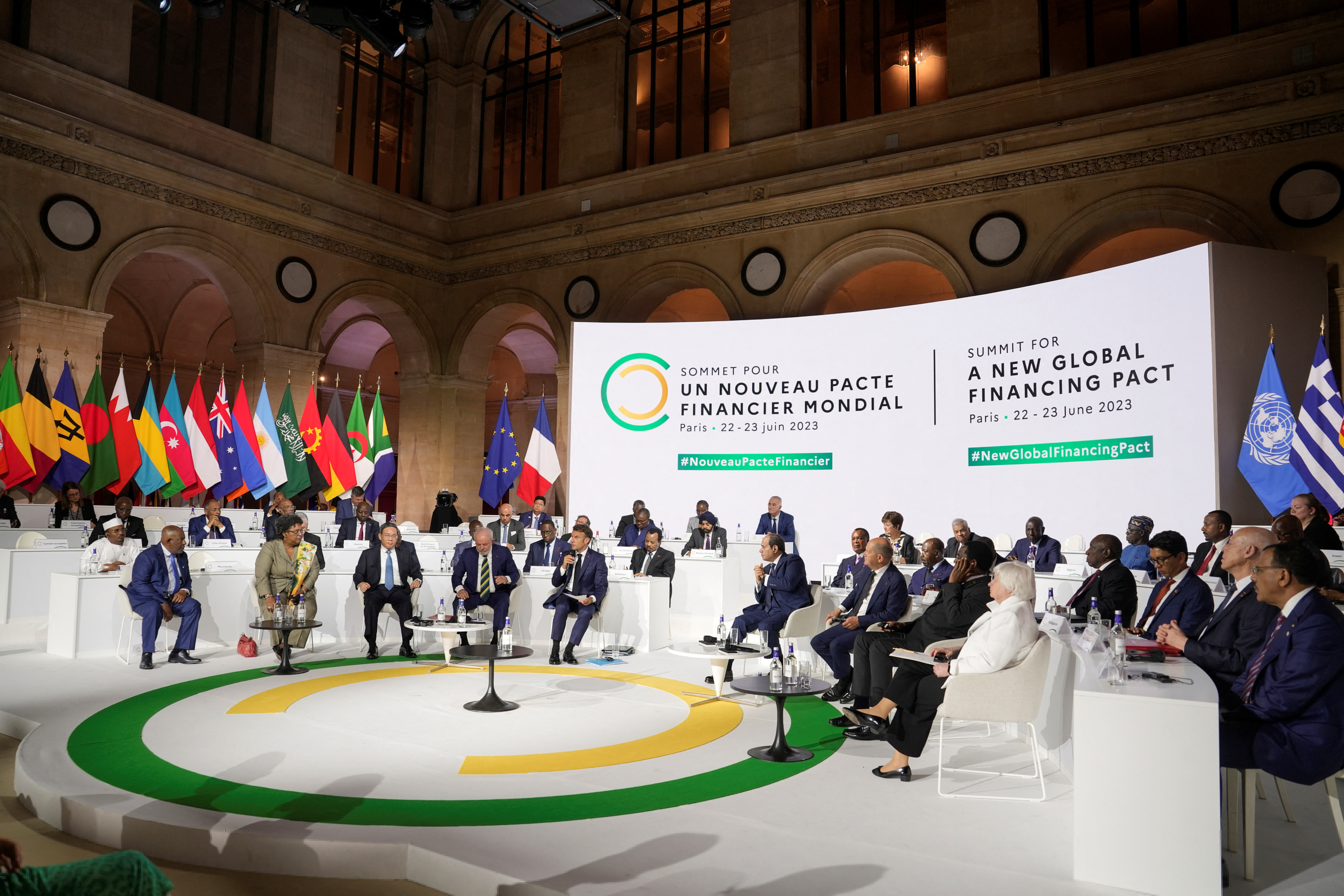UNDP.org October 2, 2023

Summary
- Climate finance refers to financial resources and instruments that are used to support action on climate change.
- Examples of climate finance include grants provided by multilateral funds, market-based and concessional loans from financial institutions, sovereign green bonds issued by national governments, and resources mobilized through carbon trading and carbon taxes.
- Investments in climate action can yield results that dramatically outweigh the upfront costs, yet significant funding gap remains to advance the green transition and enhance resilience in developing countries.
- Current financial flows for climate change mitigation need to increase at least three times, if we are to limit global warming to 2°C or below and achieve the Paris Agreement targets.
- UNDP is one of the major entities supporting countries access and effectively use climate finance.
What is climate finance?
Tiếp tục đọc “What is climate finance and why do we need more of it?”




